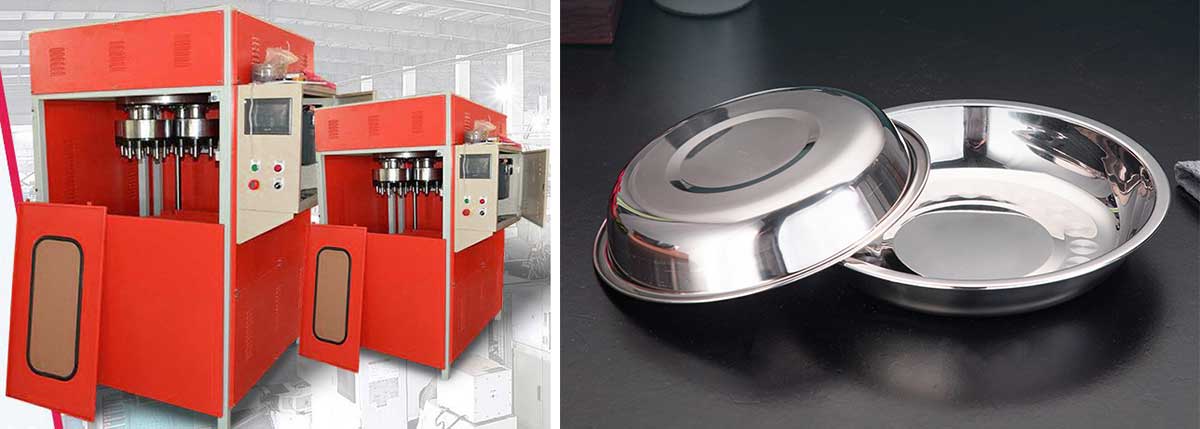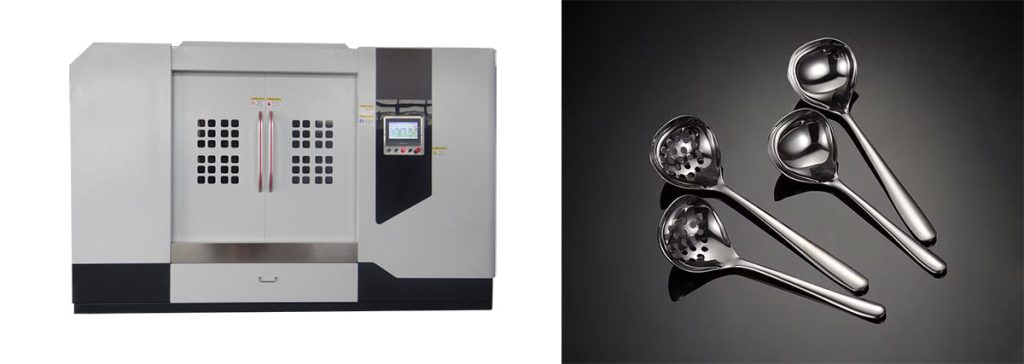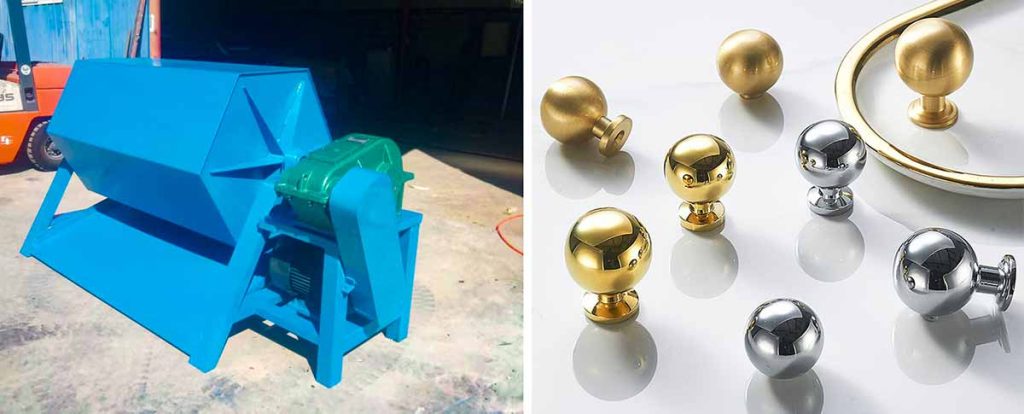

Certifying a polisher machine involves three essential steps: inspection, testing, and documentation. Each step ensures the equipment meets safety, performance, and compliance standards. Certification minimizes risks by identifying potential hazards and verifying operational efficiency. It also enhances reliability, making the machine more dependable for industrial tasks. Adhering to certification standards ensures the machine aligns with industry regulations, reducing liability concerns. A certified polisher machine not only improves workplace safety but also boosts productivity by maintaining consistent performance.
Key Takeaways
- Check your polisher machine often for damage or problems. Watch for overheating, odd sounds, or too much shaking to avoid big repairs.
- Try the machine on different surfaces. Check how fast and evenly it polishes to see if it works well.
- Write down all checks and tests carefully. Make clear reports and add pictures to show it follows the rules.
- Send your results to a trusted certification group. Make sure all papers are correct to speed up the process.
- Keep and update certification papers often. Store them safely and change them after repairs to show the machine’s current condition.
Step 1: Inspect Your Polisher Machine
Evaluate Physical Condition
Check for Visible Wear and Tear
A thorough inspection of the polisher machine begins with identifying signs of wear and tear. Operators should look for:
- Overheating during operation.
- Strange noises, such as grinding or rattling sounds.
- Excessive vibration while the machine is in use.
- Unexpected shutdowns, which may indicate internal issues.
These indicators often signal underlying problems that could affect the machine’s performance or safety. Addressing these issues early can prevent costly repairs or accidents.
Inspect Critical Components Like Pads, Motors, and Wiring
Critical components require close attention during the inspection process. Pads should be clean and free from excessive wear to ensure effective polishing. Motors must operate smoothly without overheating, which could result from blocked air vents or faulty bearings. Wiring should remain intact, with no exposed or frayed sections. Loose bolts or damaged gears can also lead to strange noises or reduced efficiency. Regularly inspecting these parts ensures the polisher machine operates reliably.
Verify Manufacturer Specifications
Compare the Machine’s Current State to Original Specifications
The next step involves comparing the machine’s current condition to the manufacturer’s original specifications. This includes checking the polishing speed, motor capacity, and pad alignment. Any deviations from the original design may indicate wear or improper maintenance. Keeping the machine aligned with its specifications ensures optimal performance.
Ensure All Parts Are Functioning as Intended
Each component must function as intended to maintain the machine’s efficiency. For example, unbalanced pads can cause excessive vibration, while dirty pads may result in poor polishing performance. Operators should also verify that the machine’s settings match the recommended configurations for different surfaces.
Identify Safety Concerns
Look for Loose Parts or Exposed Wiring
Safety concerns often arise from loose parts or exposed wiring. These issues can lead to electrical hazards or mechanical failures. Proper grounding and secure connections are essential to prevent accidents. Operators should also ensure that the power cord is undamaged and not at risk of being run over during operation.
Confirm Compliance with Basic Safety Guidelines
Polisher machine must comply with basic safety standards to protect users. Pre-operational checks should include inspecting the power cord, ensuring proper grounding, and managing cables to avoid tangling. Electrical components must remain dry to prevent shocks. Operators should also wear personal protective equipment, such as gloves and safety glasses, to minimize risks.
By following these inspection steps, operators can identify potential issues and maintain the polisher machine’s safety and performance.
Step 2: Test Your Polisher Machine
Assess Performance
Measure Polishing Speed and Consistency

Testing the performance of a polisher machine begins with evaluating its speed and consistency. Operators should measure the machine’s polishing speed using a stopwatch or similar tool. Consistency can be assessed by observing the uniformity of the polished surface. Uneven results may indicate issues such as worn pads or improper alignment. Regular performance checks ensure the machine delivers optimal results across different tasks.
Test the Machine on Various Surfaces
A polisher machine must perform effectively on multiple surfaces, including wood, marble, and concrete. Operators should test the machine on these materials to verify its adaptability. Poor polishing performance, streaks, or marks on the surface may signal underlying problems. Addressing these issues promptly helps maintain the machine’s versatility and reliability.
Conduct Safety Tests
Check for Overheating During Operation
Overheating is a common issue that can compromise the safety and functionality of a polisher machine. Operators should inspect for potential causes of overheating:
- Blocked Air Vents: Dust or debris can obstruct airflow. Cleaning the vents regularly prevents this issue.
- Overuse Without Breaks: Continuous operation without rest can lead to overheating. Following the manufacturer’s guidelines is essential.
- Faulty Motor Bearings: Worn bearings increase friction and heat. Replacing them ensures smooth operation.
- Electrical Issues: Malfunctioning components may cause overheating. Consulting a technician is recommended.
Test Emergency Stop Mechanisms
Emergency stop mechanisms play a critical role in preventing accidents. These switches immediately halt the machine by breaking its electrical connection. Their quick response reduces risks in industrial settings where hazards can occur unexpectedly. Regulatory bodies require emergency stop mechanisms to ensure compliance and worker safety. These switches are color-coded and strategically placed for easy access, allowing operators to activate them swiftly during emergencies.
Verify Compliance with Standards
Review Applicable Standards (e.g., ISO, ANSI)
Polisher machine must meet industry standards, such as ISO and ANSI, to ensure safety and performance. Operators should review these standards and compare them with the machine’s specifications. Adhering to these guidelines helps maintain compliance and avoid potential legal issues.
Use Certified Testing Equipment for Accurate Results
Testing equipment must be certified to provide accurate results. Operators should use tools calibrated to industry standards when assessing the machine’s performance and safety. Reliable testing methods ensure the polisher machine meets all necessary requirements for certification.
Step 3: Document Certification for Your Polisher Machine
Record Inspection and Testing Results
Create a Detailed Report of Findings
Documenting the inspection and testing results is a critical step in the certification process. Operators should create a comprehensive report that includes all observations made during the inspection. This report must detail the machine’s physical condition, performance metrics, and safety test outcomes. Each section should clearly outline the findings to ensure accuracy and transparency. A well-organized report helps certification bodies evaluate the machine effectively.
Include Photos or Videos as Evidence
Visual evidence strengthens the documentation process. Operators should capture high-quality photos or videos of the polisher machine during inspection and testing. These visuals can highlight specific issues, such as worn components or safety hazards. Including this evidence provides additional clarity and supports the written findings. Certification bodies often rely on such documentation to verify compliance with standards.
Obtain Official Certification
Submit Results to a Certification Body
Once the inspection and testing are complete, operators must submit the results to an authorized certification body. These organizations review the documentation to ensure the machine meets industry standards. Submitting accurate and detailed records expedites the certification process. Operators should verify the requirements of the certification body to avoid delays.
Acquire Official Certification Documents
After approval, the certification body issues official documents confirming the machine’s compliance. These documents serve as proof that the polisher machine meets safety and performance standards. Operators should review the certification to ensure all details are correct. Official certification enhances the machine’s credibility and reliability in industrial applications.
Maintain Certification Records
Store Documentation Securely

Proper storage of certification records is essential for future reference. Operators should keep both physical and digital copies of the documents in a secure location. Organized storage ensures quick access when needed for audits or maintenance checks. Secure documentation also protects against loss or damage.
Update Records After Maintenance or Re-Certification
Certification records must remain up-to-date. Operators should revise the documentation after performing maintenance or undergoing re-certification. Updated records reflect the machine’s current condition and compliance status. Regular updates ensure the polisher machine continues to meet industry standards over time.
By documenting the certification process thoroughly, operators can ensure their polisher machine remains compliant, safe, and reliable for industrial use.
Conclusion
Certifying a polisher machine involves three essential steps: inspection, testing, and documentation. Each step ensures the machine operates safely, performs efficiently, and complies with industry standards. Certification reduces risks and enhances reliability.
To maintain compliance, businesses should:
- Monitor advancements in automation, precision, and sustainability.
- Collaborate with manufacturers and researchers to adapt to global standards.
- Schedule regular maintenance to prevent wear and tear.
Staying informed about innovations and trends helps businesses remain competitive and ensures their equipment meets evolving requirements. Certification safeguards both operators and productivity.
